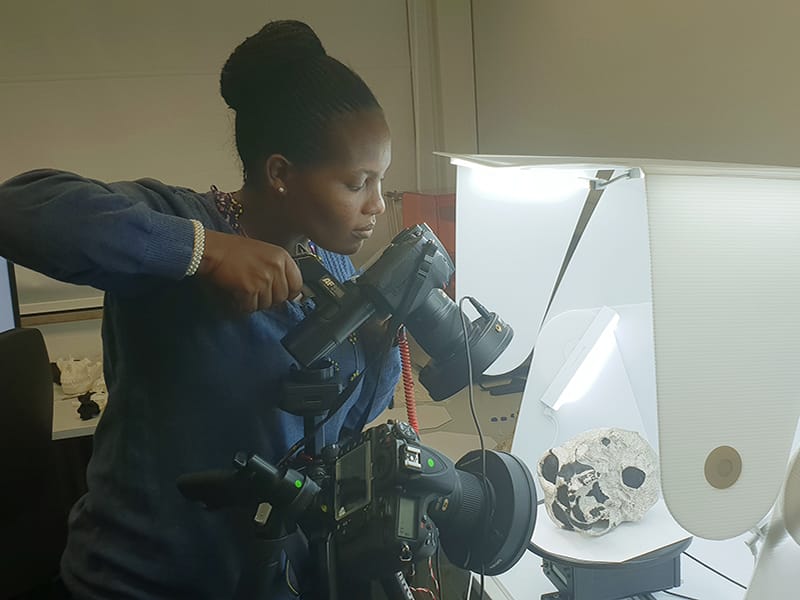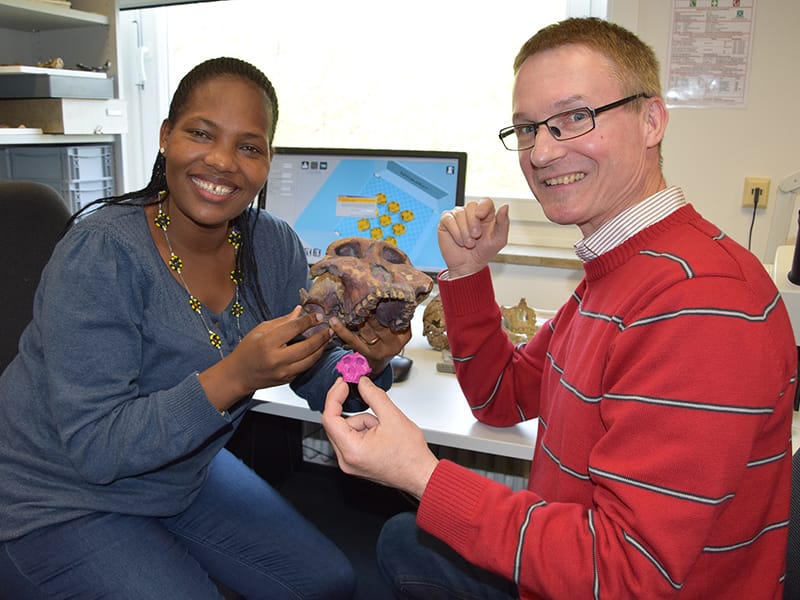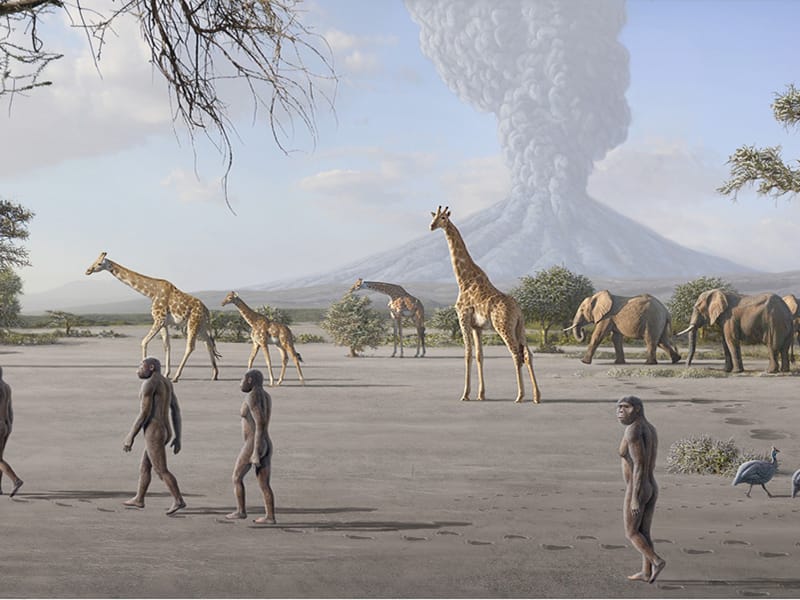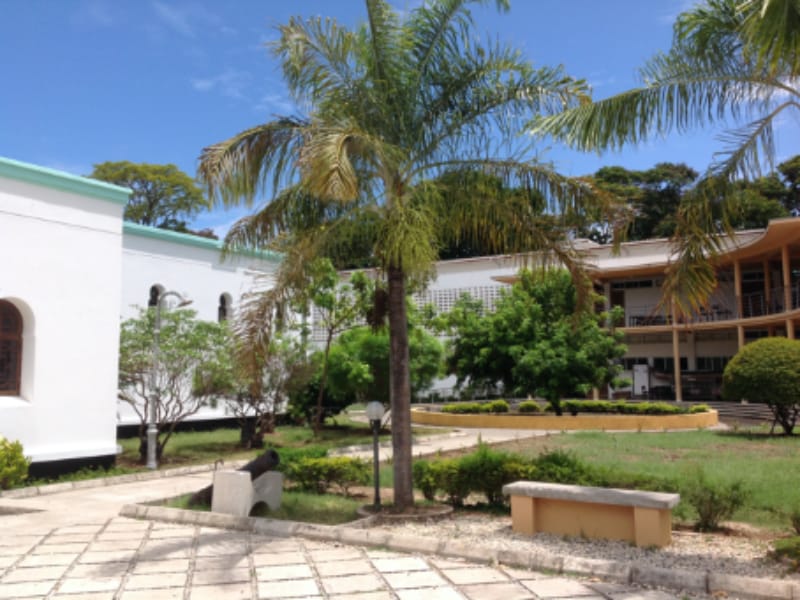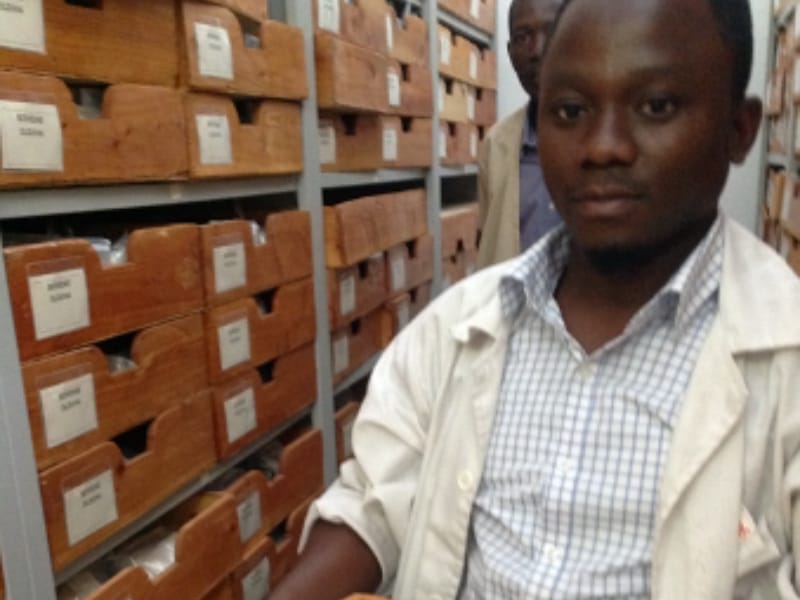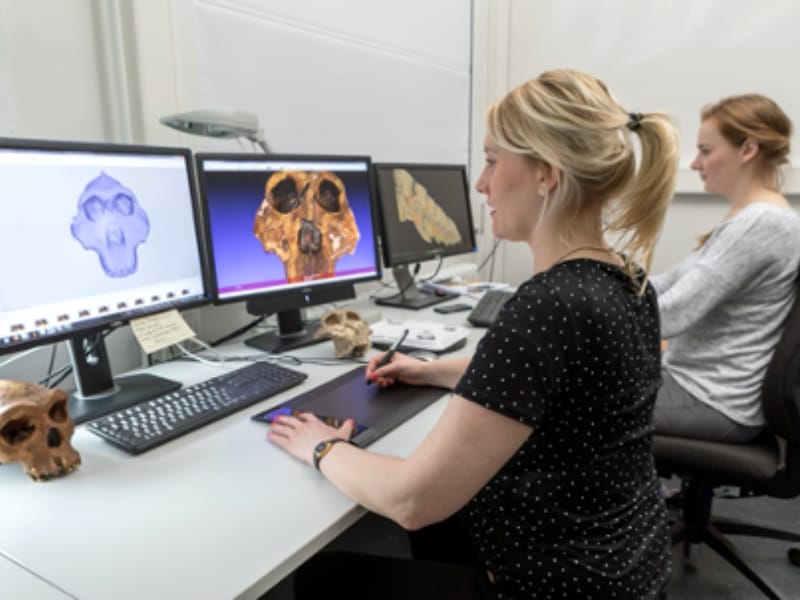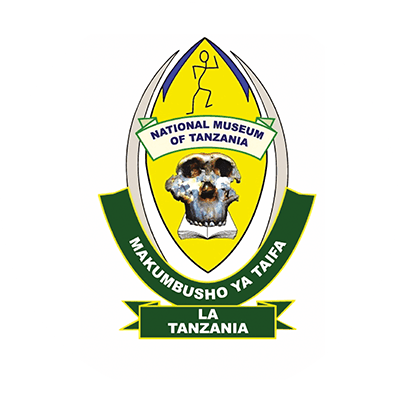Exchange program with Tanzania on the evolution of pre- and early humans
Anyone who wants to understand the impact of climate change on human development should travel to Tanzania. The world’s most valuable collection of prehistoric and early human fossils is kept there. Cooperation between the Center for Natural History of the University of Hamburg (CeNak) and the National Museum of Tanzania in Dar es Salaam should help to make this precious heritage from the “cradle of mankind” internationally available and, in connection with current evolutionary research, also better known in the own country.
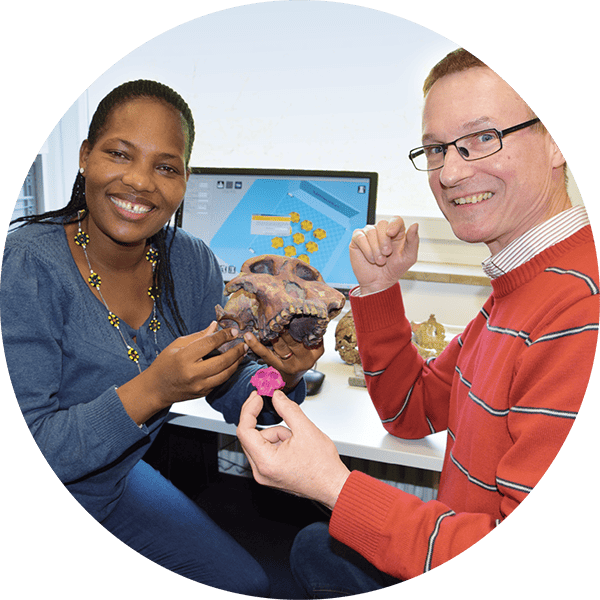
The team of Prof. Dr. Thomas M. Kaiser at CeNak is investigating the biomechanics of the skulls of prehistoric and early humans. “Digital models of the originals from Tanzania are extremely important for our joint scientific work,” says Kaiser, who travels to Africa several times a year as part of his research projects.
To enable researchers in Tanzania to make their own replicas of their treasures, Dr. Agness Gidna, curator and paleontologist at the National Museum of Tanzania, has received further training at CeNak in the use of photogrammetry and 3D printing. It will then also transfer the technical know-how and skills to colleagues back home.
Another goal is to make this heritage better known among the local population and also globally: “We already have some ideas there. And the connection to CeNak and the partnership between the cities of Hamburg and Dar es Salaam can help.”


